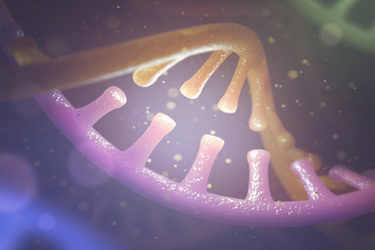Optimizing DNA Clearance In High-Salt, GMP-Grade Purification Processes Of Viral Vectors
By Joanna Niska-Blakie, Global Product Manager, QIAGEN

Manufacturing viral vectors for cell and gene therapy requires precision, and is important to help ensure safety and regulatory compliance. One of the most critical steps is the removal of host cell DNA (hcDNA), a process that directly impacts product purity and patient safety. Regulatory agencies like the FDA, WHO and EMA set strict limits on residual DNA and this is why manufacturers should develop effective purification strategies. High-salt conditions are often used to reduce viscosity and improve process efficiency, and enzymes that remain active in these environments offer a distinct advantage. Unlike conventional nucleases, Saltonase® retains strong activity under high-salt conditions, ensuring consistent DNA degradation throughout purification.
Saltonase® GMP-grade endonuclease is designed to perform under these conditions, efficiently degrading nucleic acids. Paired with the Saltonase ELISA Kit, this complete solution supports strong impurity control and streamlined workflows. Together, these kits enable both DNA degradation and precise in-process monitoring, supporting consistency from purification to final release.
For teams navigating the complexities of therapeutic manufacturing, discover how these tools offer a reliable path to regulatory compliance and improved product quality.
Get unlimited access to:
Enter your credentials below to log in. Not yet a member of Bioprocess Online? Subscribe today.
